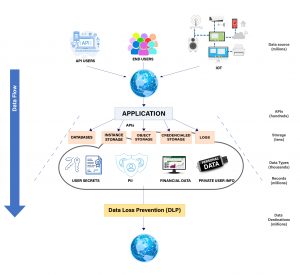Data Loss Prevention (DLP) refers to strategies and tools used to prevent the loss or leakage of data. Data loss prevention software detects potential data breaches/data ex-filtration transmissions and prevents them by monitoring, detecting and blocking sensitive data while in use, in motion, and at rest.
Challenges
Most of the data breaches that make headlines are spectacular cyberattacks, but the truth is external threats account for only 51% of data breaches according to the 2019 Cost of a Data Breach Report released by the Ponemon Institute and IBM Security. The rest are due to human error and system glitches.
While employee training can reduce the number of incidents, it cannot completely eliminate the risk of internally-caused security incidents.
Increasing value of data
Modern businesses rely on data more than ever before, and the amount they produce and control has grown accordingly. This data is often one of the most valuable assets an organization has, making it a tempting target for thieves.
Gaps created by BYOD
Employees are increasingly using their own devices for work purposes. These devices can grant employees increased productivity but typically introduce vulnerabilities due to the limitations of security professionals to enforce protocols.
Intellectual Property
whether it’s proprietary code, video or audio files being produced or edited or documents under embargo, the leaking of these types of data can negatively impact the reputation and financial gains of an enterprise.
Securing data on the move
Cybersecurity frameworks tend to focus on the company network and while this means that data is secure while employees are on the premises, the moment they leave the security of the office with their work devices, that data becomes vulnerable.







